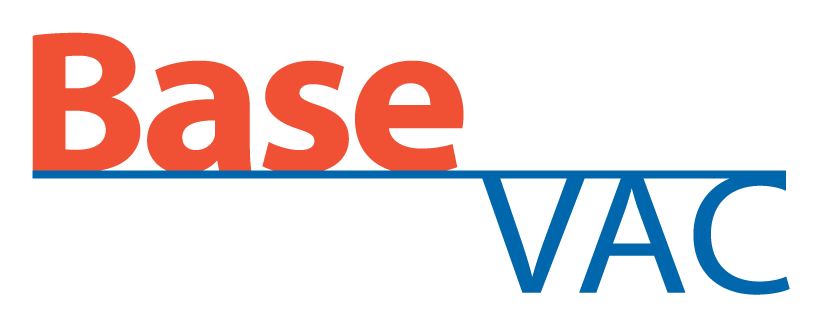BaseVac specializes in Dental Mechanical Room Equipment, making us leading experts in the most important room of the Dental Practice. BaseVac started to release blogs as our way to share our knowledge with the Dental Industry in hopes of helping Dental Professionals get a better understanding of dental vacuum and compressed air.
The current series is highlighting the importance of proper ventilation of a dental vacuum system. To date, we have covered the three main reasons why ventilation is important; 1) removing heat from a mechanical room, 2) removing contaminated air from the clinic, 3) removing dangerous gases, like nitrous gas from a clinic.
We will continue this series by providing tips on properly installing a ventilation stack for a Dental vacuum pump. This segment of our series will be broken up into three parts;
i. Options in external ventilation
ii. Proper sloping and condensation prevention
iii. Weather/wildlife proofing of exhaust piping
Today we will specifically be looking at options in external ventilation.
Options in External Ventilation
One of the biggest hurdles in Dental Mechanical Room installations is properly venting the vacuum air to an outside location. There are not many options on where or how to vent outside, and it also varies based on the Building Code of a given area. PLEASE NOTE: THESE ARE SUGGESTIONS BASED ON APPLICATIONS DONE IN THE PAST; LAWS/RULES MAY CHANGE AND VARY BETWEEN AREAS. CHECK LOCAL BUILDING CODE BEFORE IMPLEMENTING ANY SUGGESTIONS MADE IN THIS POST.
Common Installations
There are two most commonly used options when venting a dental vacuum to and outside space;
1) Through an External Wall
2) Through the Roof
Both are viable options and solely depend on your access to each location, building code, and building management’s restrictions.
If you have an oil-lubricated vacuum (not BaseVac), you may not want to consider the roof installation, as the oil from the vacuum has been known to damage the tar roofs of commercial buildings, causing leaking.
Unique Installations
There have been a couple of options that BaseVac customers have used, which past their local code that could work if you are in a pinch and cannot reach an outside space.
Loading Docks
One option is to vent into a loading dock, one with an air circulator. Because there is a fresh air intake already in the loading dock to exhaust the fumes from vehicles, many inspectors have accepted this as an acceptable location to send your exhaust pipe from your vacuum system. This option will have to be code and accepted by the building manager.
Underground Parking Lot
Similar to the loading docks, underground parking lots have plenty of air circulation and ventilation to allow for a vacuum system to have their stack exhaust into that space. Once again, it has been done in the past and was accepted by inspectors for building code. Before taking this route, it would be worth noting if your local building code would approve of this option.
Follow Us
Continue this segment on Ventilation Installation Tips next time as we continue to look at proper sloping and condensation prevention, as well as weather and wildlife proofing.

